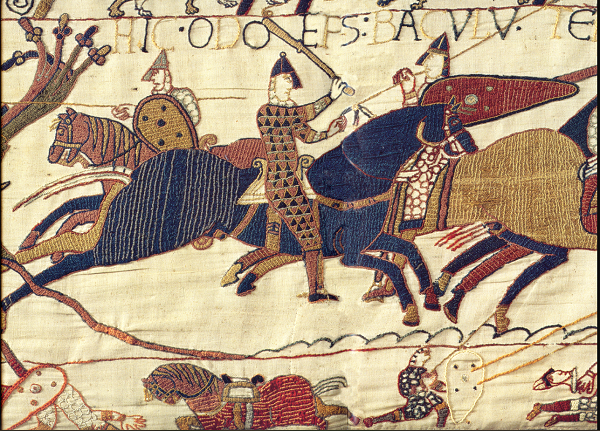The Psalter
My interest in the Psalter relates to the de Lisle Psalter. This was found when I was looking for
depictions of the The Living and Three Dead or the legend of the Three Kings.
It is also my contention that the de Lisle Psalter was the inspiration for the painting of the
medieval wall paintings in St. Mary's Belchamp Walter. The reason that I have made that determination
is that the likenesses of some of the paintings are similar to those seen in the Psalter. How the
artists who painted the wall paintings came to have access to these images is still a bit of a mystery.
However, there could be a connection between Robert de Lisle and the history of the region in the 11th
and 12th centuries.
A Psalter:
A psalter is a volume containing the Book of Psalms, often with other devotional material bound in as well,
such as a liturgical calendar and litany of the Saints. Until the emergence of the book of hours in the
Late Middle Ages, psalters were the books most widely owned by wealthy lay persons. They were commonly
used for learning to read. Many Psalters were richly illuminated,
and they include some of the most spectacular surviving examples of medieval book art.
Top
Book of Hours
Books of hours (Latin: horae) are Christian prayer books, which were used to pray the canonical hours.[2]
The use of a book of hours was especially popular in the Middle Ages, and as a result, they are the most
common type of surviving medieval illuminated manuscript. Like every manuscript, each manuscript book of
hours is unique in one way or another, but most contain a similar collection of texts, prayers and psalms,
often with appropriate decorations, for Christian devotion. Illumination or decoration is minimal in many
examples, often restricted to decorated capital letters at the start of psalms and other prayers,
but books made for wealthy patrons may be extremely lavish, with full-page miniatures. These illustrations
would combine picturesque scenes of country life with sacred images.
